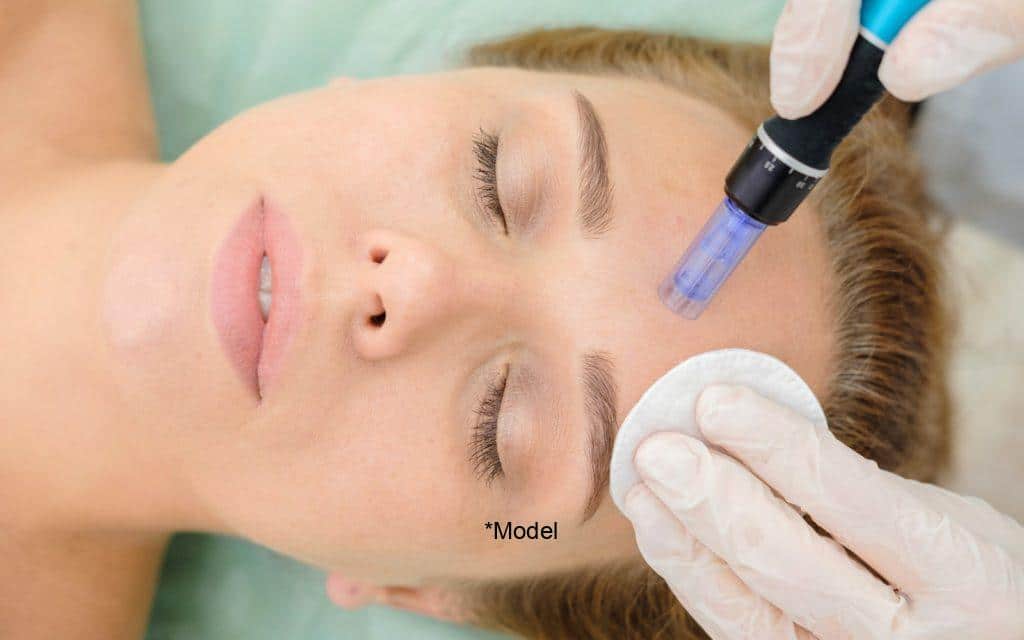How Microneedling Can Be A Miracle For Your Skin
We all crave brighter, healthier skin that helps us look youthful and vibrant, but it can be harder to achieve as we age. Multiple processes have been developed to help restore youthful vitality to the skin, with varying degrees of success. Skin needling, or microneedling therapy, is one process that has been with us for many years but has recently been seeing a resurgence. Its popularity is such that a selection of home treatments has been developed, but there are risks to taking the process into your own hands. Find out how microneedling can help improve the health and appearance of your skin and why to leave this procedure in the hands of a skilled dermatologist below.
What Is Microneedling, and Why Should I Use It?
Within our skin can be found a type of protein known as collagen. Collagen comes in a variety of forms, but there are three main types located in our skin. Collagen is responsible for giving our skin the stretch, suppleness, and structure that helps it remain firm and youthful. Aging causes us to produce less collagen, which leads to wrinkling and skin that things as we get older. As a minimally invasive procedure, microneedling is a simple and effective way of stimulating the growth of new collagen. There are five steps in the microneedling procedure:
- Numbing The Area – While the discomfort experienced is minimal, the skin is numbed to make the procedure pain-free. A numbing blend is typically used that includes tetracaine, benzocaine, and lidocaine and is applied to the skin in a thick layer before your dermatologist begins.
- Skin Cleanse – Your skin will have the numbing gel removed and will promptly be thoroughly cleaned of all oils and dirt prior to the procedure actually beginning. It’s also important not to have any active breakouts during the procedure.
- Get Needling – Using a special microneedling tool that contains many tiny needles, your dermatologist will generally begin on your forehead. They will work their way over your entire face down to your jawline. The needles will be adjusted for the various thicknesses of your skin throughout the area.
- Adding Serum – The needling process will open tiny channels in your skin that will allow topical treatment to deeply penetrate your skin, making them more effective. This effect will continue for a few days after the procedure, so you may notice your skin takes up moisturizers and other topicals more effectively at home.
- Healing Process – Following the procedure, your skin may look red and feel tender, but this passes quickly. A couple of days after the procedure, your skin may begin to itch, and the top layer of skin will flake away to reveal a flush, fresh layer of skin underneath. In the following weeks, you may continue to see improvement as the collagen forms in your skin.
While some improvement may be seen after the first treatment, multiple treatments may be necessary to begin seeing results. You can have a microneedling procedure performed every 4-6 weeks, the minimum time needed for the skin to heal completely and the benefits to appear.
Why To Leave It To An Experienced Dermatologist
There are multiple reasons to leave microneedling to the professionals. Done improperly, it can actually cause damage to your skin. Sterilization is a concern, as you are putting thousands of tiny puncture wounds in your skin to stimulate collagen production. Also, microneedling isn’t appropriate for every skin type and can actually make conditions like keloid scars look worse. Contact your specialist to determine if microneedling is appropriate for you.

